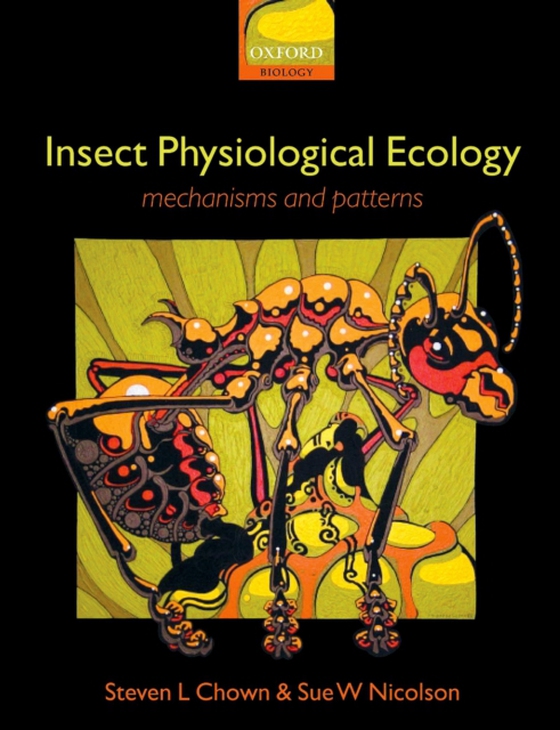
Insect Physiological Ecology e-bog
683,09 DKK
(ekskl. moms 546,47 DKK)
This book provides a modern, synthetic overview of interactions between insects and their environments from a physiological perspective that integrates information across a range of approaches and scales. It shows that evolved physiological responses at the individual level are translated into coherent physiological and ecological patterns at larger, even global scales. This is done by examinin...
E-bog
683,09 DKK
Forlag
OUP Oxford
Udgivet
15 juli 2004
Genrer
PSVD
Sprog
English
Format
pdf
Beskyttelse
LCP
ISBN
9780191523342
This book provides a modern, synthetic overview of interactions between insects and their environments from a physiological perspective that integrates information across a range of approaches and scales. It shows that evolved physiological responses at the individual level are translated into coherent physiological and ecological patterns at larger, even global scales. This is done by examining in detail the ways in which insects obtain resources from theenvironment, process these resources in various ways, and turn the results into energy which allows them to regulate their internal environment as well as cope with environmental extremes of temperature and water availability. The book demonstrates that physiological responses are not only characterized bysubstantial temporal variation, but also shows coherent variation across several spatial scales. At the largest, global scale, there appears to be substantial variation associated with the hemisphere in which insects are found. Such variation has profound implications for patterns of biodiversity as well as responses to climate change, and these implications are explicitly discussed. The book provides a novel integration of the understanding gained from broad-scale field studies of many speciesand the more narrowly focused laboratory investigations of model organisms. In so doing it reflects the growing realization that an integration of mechanistic and large-scale comparative physiology can result in unexpected insights into the diversity of insects.
 Dansk
Dansk

